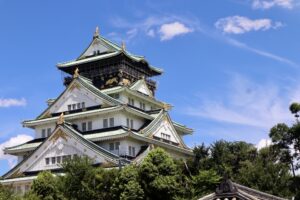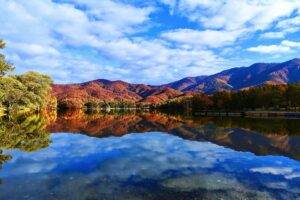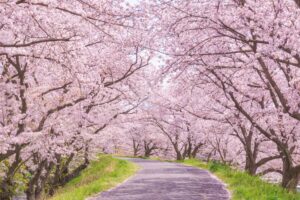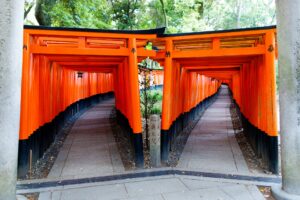Aichi Prefecture, located in the heart of central Japan, offers much more than meets the eye. While Nagoya is its capital and a transportation hub, the surrounding region boasts samurai castles, artisan towns, and some of the most iconic regional dishes in Japan. From deep-fried miso-katsu to grilled eel hitsumabushi and spicy tebasaki chicken wings, this guide will take you through Aichi’s must-visit spots and must-eat bites for an unforgettable journey.
Why Visit Aichi? A Glimpse Into the Prefecture
Located in the heart of central Japan, Aichi Prefecture blends modern industry and deep-rooted tradition. As the home of Toyota, it stands as one of Japan’s key industrial hubs, yet it also boasts centuries-old castles, artisan villages, and local festivals that preserve its cultural identity.
Its capital, Nagoya, is Japan’s fourth-largest city and a key transport hub—conveniently connected to Tokyo, Kyoto, and Osaka by shinkansen. Whether you’re drawn to history, food, traditional crafts, or you’re visiting on business, Aichi offers a uniquely authentic Japanese experience.

Must-Visit Attractions in Aichi
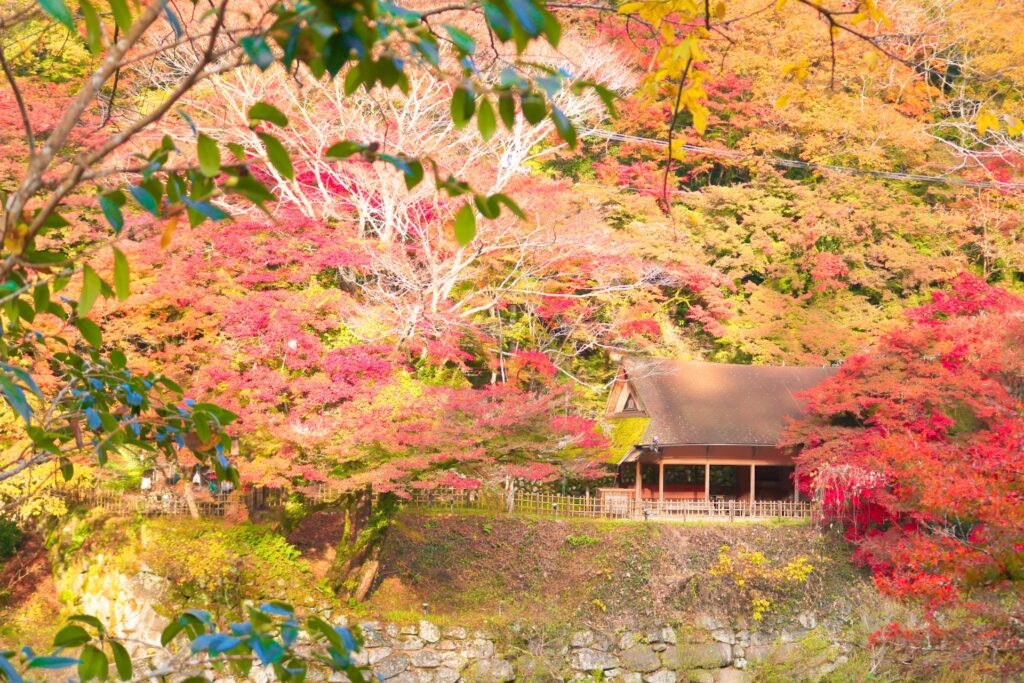
Historic Sites: Castles and Heritage Towns
Start with Inuyama Castle, one of the oldest remaining castles in Japan and a designated National Treasure. Perched above the Kiso River, it offers sweeping views and a genuine taste of feudal-era Japan.
Okazaki Castle is another gem, known as the birthplace of Tokugawa Ieyasu. The castle park is lovely, and the adjacent museum shares insights into the region’s samurai heritage.
At Meiji Mura, an open-air museum, you can explore preserved buildings from Japan’s Meiji era, including the iconic Imperial Hotel lobby designed by Frank Lloyd Wright.
All these spots are accessible by train or bus from Nagoya and are great for day trips.
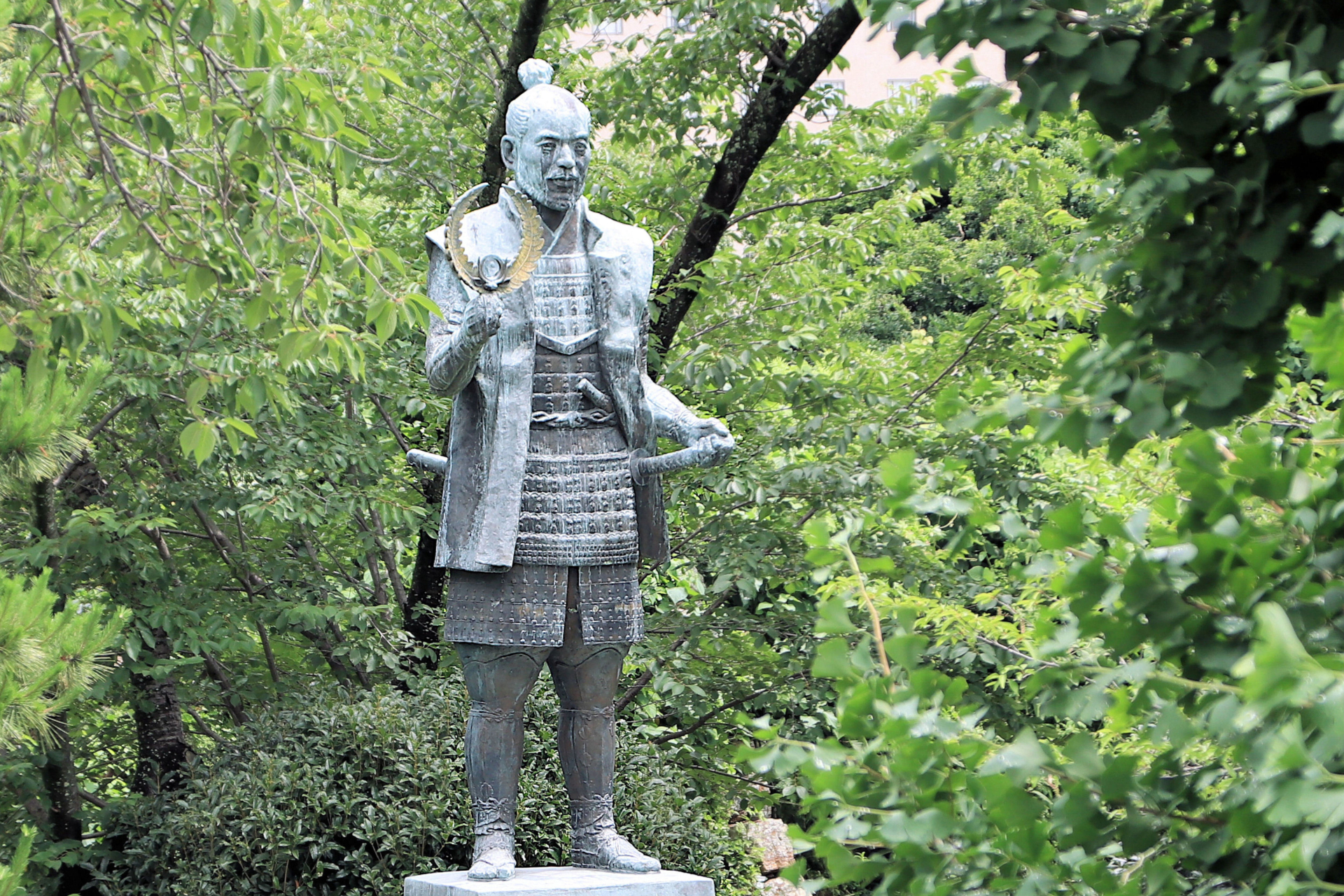
Nature and Outdoor Experiences
Korankei Gorge is a must-see in autumn, when the leaves turn brilliant shades of red and gold. Located in Toyota City, it’s perfect for hiking or a peaceful riverside stroll.
Aichi-Kogen Quasi-National Park offers forested trails and panoramic views, great for nature lovers in any season.
During summer, the Chita Peninsula is ideal for those seeking sea breezes and fresh seafood. Small beaches and coastal towns provide a relaxing getaway.
Traditional Crafts and Hands-On Culture
Aichi is a powerhouse of traditional ceramics. Tokoname is one of Japan’s oldest pottery towns, known for its red clay teapots and walking paths lined with pottery walls. Visitors can enjoy hands-on workshops and shop local wares.
Seto, another renowned ceramics town, is famous for porcelain. It’s a great place to explore museums and local studios offering pottery experiences.
These artisan towns offer a slower pace and a deeper cultural connection.
What to Eat in Aichi: Local Specialties to Try
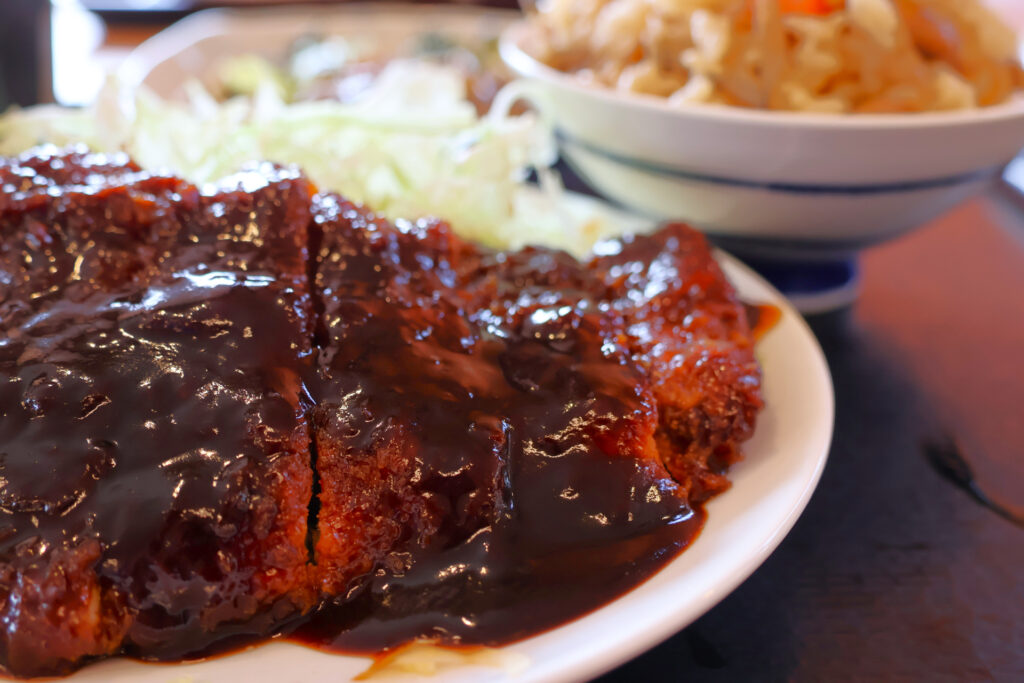
Miso-Katsu: Pork Cutlet with Rich Red Miso Sauce
A Nagoya classic, miso-katsu is a deep-fried pork cutlet topped with a thick, savory-sweet Hatcho miso sauce.
Yabaton, Yabacho Main Store – Possibly the most iconic place to try miso-katsu. Known for its oversized “waraji” cutlet and smiling pig mascot, Yabaton is beloved by locals and tourists alike. Located in the Osu shopping district near Osu Kannon Temple, the main store is lively and welcoming, often with short lines during peak times. Meals start around ¥1,000, and English menus are available, making it easy for foreign visitors.
Ajidokoro Kanou – Located in Sakae, this historic eatery is considered the birthplace of miso-katsudon. Open since 1949, Kanou simmers the cutlet briefly in its secret miso sauce, resulting in a rich, deep flavor. Their signature dish features a semi-cooked egg for a mellow finish. The retro-style restaurant is just a 3-minute walk from Sakae Station. Budget around ¥1,800. While English support is limited, the menu has photos and the staff are friendly—simply saying “miso-katsudon” will do the trick.
Try both for a full taste of Nagoya’s miso-katsu legacy.
Hitsumabushi: Nagoya-style Grilled Eel
Hitsumabushi is a three-way dish of grilled eel over rice—first enjoyed plain, then with toppings, and finally with hot broth.
Atsuta Houraiken (Matsuzakaya Branch) – Founded in 1873, Atsuta Houraiken is credited with popularizing hitsumabushi. Their eel is grilled over binchotan charcoal and glazed with a deep, secret sauce. The Matsuzakaya location in Sakae offers traditional service with English instructions on how to enjoy the dish. Expect to wait during peak hours, but service is efficient. Budget around ¥4,000–¥4,600. English menus and guidance are available.
Maruya Honten (Nagoya Station) – Conveniently located inside JR Nagoya Station (Meitetsu department store), this branch is perfect for travelers on the go. Maruya serves high-quality hitsumabushi with tender eel and balanced seasoning. Expect a queue, but the staff manage it well and provide English instructions on how to enjoy the meal. Budget is similar to Houraiken (~¥3,500–¥5,000), and English menus with some English-speaking staff make it easy for international guests.
Tebasaki: Fried Chicken Wings Nagoya Style
Tebasaki are crispy, peppery glazed chicken wings that pair perfectly with beer.
Sekai no Yamachan – The most famous tebasaki chain in Nagoya, Yamachan is known for its bold, peppery seasoning and its energetic izakaya atmosphere. There are many branches in downtown Nagoya (Sakae, Fushimi, Nagoya Station). Most locations have English menus and some staff who speak English. Plates of wings are reasonably priced, and a night here is both fun and delicious.
Furaibo (Sakae Branch) – The original inventor of tebasaki, Furaibo offers a more traditional version with a slightly sweeter glaze and double-fried crispy texture. The Sakae branch is cozy, with sunken seating and classic izakaya vibes. English menus are limited, but photos help, and the staff are used to foreign visitors. A must for those wanting to taste the origin of Nagoya’s beloved wings.
Seasonal Festivals and Events
Aichi’s festivals celebrate the changing seasons:
- Spring: Inuyama Festival (early April) – lantern-lit floats and cherry blossoms
- Summer: Toyohashi Tezutsu Fireworks – dramatic handheld fireworks unique to the region
- Late July: Toyota Oiden Festival – dancing, parades, and fireworks
- Autumn: Arimatsu Shibori Festival – showcasing traditional tie-dye techniques
- Winter: Nabana no Sato Illuminations – a spectacular light display near Aichi
Each offers a chance to connect with local culture and community spirit.
Getting to and Around Aichi
- From Tokyo: Tokaido Shinkansen – about 1 hour 40 minutes to Nagoya
- From Kyoto/Osaka: Shinkansen – about 1 hour
- By Air: Chubu Centrair International Airport (NGO)
Local Transportation:
- Use JR and Meitetsu lines
- IC cards like TOICA or Manaca make transit easy
- Rental cars are handy for countryside trips like Korankei or Chita
Hidden Gems in Aichi: Lesser-Known Towns
- Seto – Famous for porcelain, with museums and hands-on pottery classes
- Tokoname – Explore the Pottery Path and visit ceramic studios
- Nishio – Known for matcha green tea; visit tea farms and tasting shops
- Chiryu – A historic post town on the old Tokaido Road
Each offers an authentic slice of Aichi life and makes for a memorable day trip.
3-Day Itinerary for First-Time Visitors
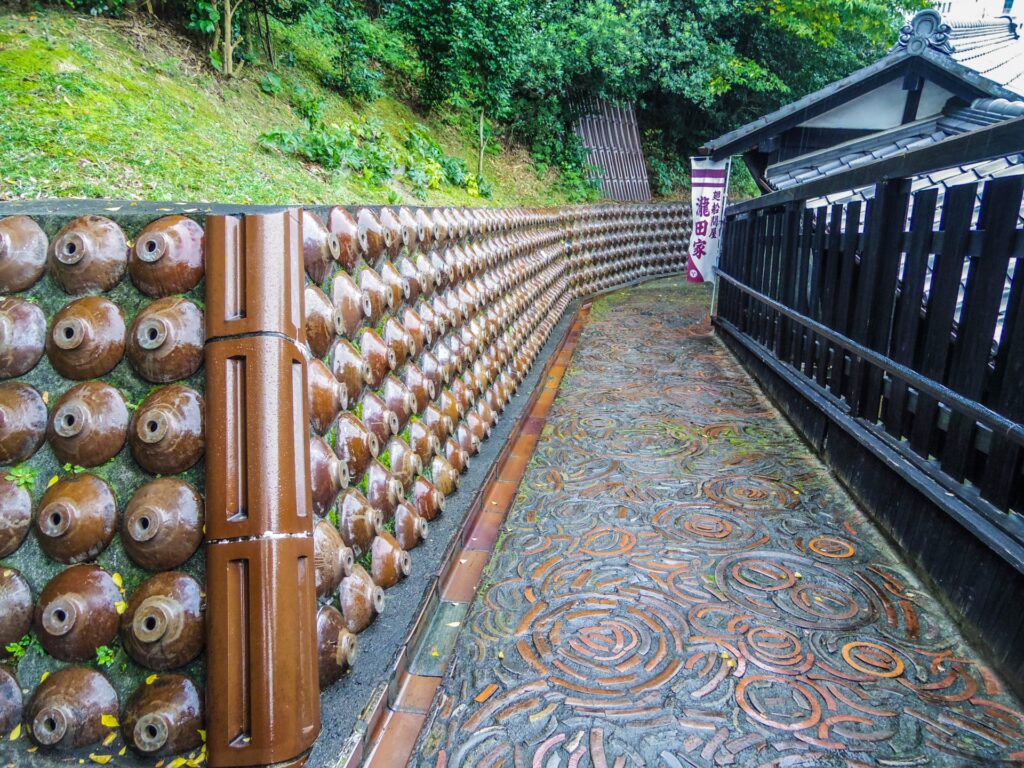
Day 1:
- Morning: Nagoya Castle
- Afternoon: Osu Kannon Shopping Street
- Dinner: Miso-katsu at Yabaton
Day 2:
- Morning: Inuyama Castle
- Afternoon: Meiji Mura
- Dinner: Hitsumabushi at Maruya Honten
Day 3:
- Morning: Pottery walk in Tokoname
- Lunch: Tebasaki at Furaibo or miso-katsudon at Ajidokoro Kanou
All sites are accessible by train and close to major stations.
Travel Tips for Aichi
- Best seasons: Spring and fall are ideal
- Language: English support is limited, but translation apps help
- Etiquette: Be on time, remove shoes when required, queue politely
- Passes: JR Pass or Shoryudo Bus Pass for savings
- SIM: Use local SIM or eSIM for easy navigation
Final Thoughts: Why Aichi Belongs on Your Japan Itinerary
Aichi blends innovation and heritage in a uniquely Japanese way. Whether you’re admiring samurai-era castles, tasting iconic local dishes, or exploring pottery towns, you’ll discover a quieter, more personal side of Japan. For travelers looking to go beyond the usual Tokyo-Kyoto route, Aichi offers authenticity, flavor, and memories to last a lifetime.




